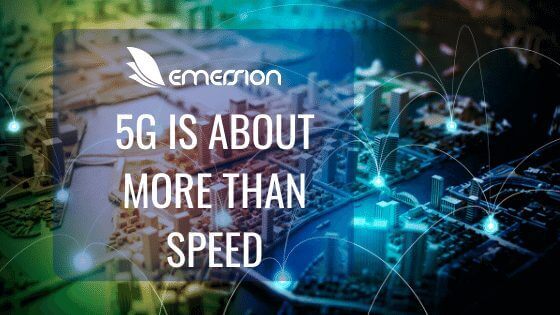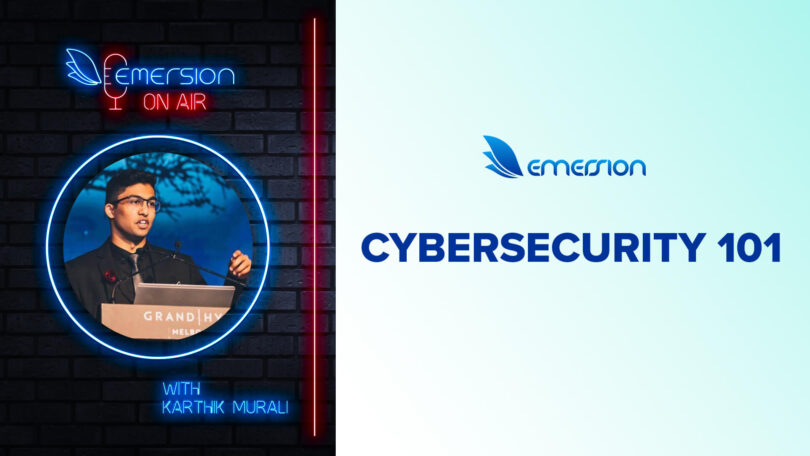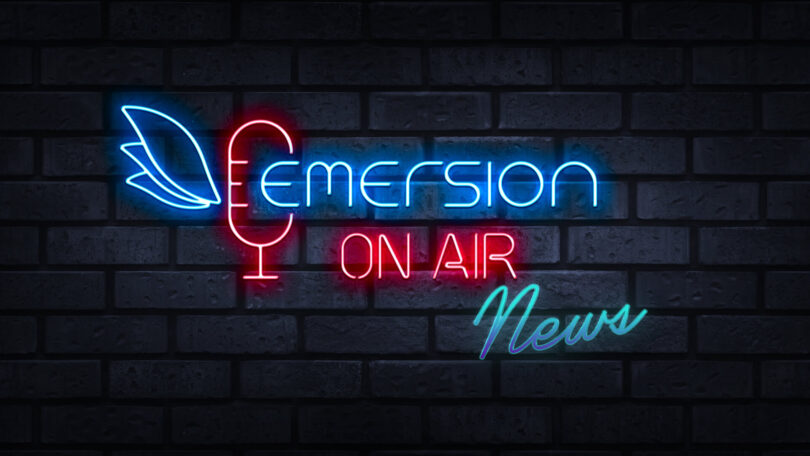5G is the fifth generation of mobile connectivity. Along with faster connection speeds (A minimum of 100MBs and a maximum of 20 GBs), 5G will mean lower latency (1-2ms compared to 60ms on 4G) and improved reliability (Source: Whistle Out).
Each generation of mobile connectivity brings with it certain changes:

- 1G – People could make phone calls from their cars, and while out and about.
- 2G – Digital signals mean better call quality, more portability and the introduction of SMS, picture messages and eventually MMS.
- 3G – Faster internet connections mean people can now browse the internet on their phones and make video calls.
- 4G – 500 times faster than 3G, 4G smoothed the rough edges on mobile internet and video calls and made streaming video and mobile gaming possible. 2017 was the first year that mobile data made up more than half of all worldwide internet traffic (Source: Statistica 2019)
When will 5G be available?
Australia
5G is already available in some areas of Australia with Telstra (5G Coverage map) and Optus (5G Coverage Map).
New Zealand
5G will launch on the Vodaphone network in New Zealand in 2019. (Source: IT Brief 2019).
Singapore
Half of Singapore will have 5G coverage by 2022 (Source: Channel News Asia)
What does 5G mean for consumers?
Faster Connection Speeds
The minimum connection speed provided by 5G is 100mb/s. This is the current maximum speed offered by the NBN (Source: Whistle Out). This is likely to mean that many consumers opt out of having a fixed internet connection in favor of a 5G connection, especially in areas with poor or internet coverage.
The maximum 5G connection speed is 20 GB/s. While it’s unlikely that we’ll reach those speeds anytime soon (the fastest recorded speed in Australia was in the GoldCoast at 3 GB/s) it will mean faster access to the internet, better call and video quality and enable technologies we haven’t started to think of yet.

More internet-connected devices
SIM cards keep getting smaller. This will continue with 5G. eSIMs are about 1/8th the size of a nano sim and will mean that many more devices can be connected to the 5G Network (see illustration below).

In fact, some companies have even got 5G connections to work without the use of a SIM card. Furthermore – technologies like network slicing mean that a person could obtain a data plan from a carrier, and have the connection available on all of their devices without the need for a central connection device like a phone.
This will drastically change the way we interact with technology.
Dumb devices
Due to the speed enhancements, increased bandwidth and lower latency of 5G, computational power could potentially be streamed from one device to another, in a similar way to how Google Stadia works.
This would mean smaller, cheaper devices with longer battery life. Think AR glasses that look and feel just like actual glasses, or internet-connected watches that can last for weeks without needing to be recharged.
Internet of People (IoP)
You’ve probably heard of the Internet of Things (IoT), but the logical direction for that to head in is the Internet of People (IoP).
Picture this; your smartwatch, AR glasses, sensors in your shoes, wireless headphones, microphone and palm console are syncronised and communicating with each other. Each device augments the other devices’ capabilities and leads to enhanced intelligence that can help with day to day tasks such as exercise, pathfinding, entertainment, communications, and productivity management.
Self Driving Cars
We’re still a few years away from self-driving cars but the technology keeps getting better. The fact that people can sleep at the wheel and not die while driving a Telsa is proof of this.
Network latency is one of the big reasons why legislators are cautious about self-driving cars. Our current 4G networks have network latencies of 60 ms, which is …” not low enough to account for split-second responses needed in passenger vehicles.”
5G Networks will be able to lower the latency of devices to as low as 1 ms, a critical step before we can start to safely introduce self-driving cars onto our roads.
VR, AR, and XR
VR (Virtual Reality), AR (Augmented Reality) and XR (Extended Reality) are all really amazing technologies. Unfortunately, they usually use a huge amount of processing power and need typically need to be connected to another host device to work well.
5G will revolutionise these technologies! Increased bandwidth, faster connection speeds and lower latency will mean that the VR/ AR/ XR headset can be smaller, lighter, cableless with long battery life. The headsets won’t need to be connected to a host device (e.g. phone, PC, PS4) and can stream processing power from a server at up to 20GB/s.
Sensors worn on different parts of the body will feed back into the device and the server where content is being fed from at speeds of between 1 – 5 m/s (13 m/s is the fastest speed that the brain can process an image). This is fast enough to feel like real time.
This means the potential for much higher quality VR/ AR/ XR experiences, greater portability, battery life, affordability and mainstream adoption of the technology in the home and workplace.
What does 5G mean for business?
While the technologies that 5G enables are similar for businesses and consumers, the benefits are potentially far greater.
Flexible and Remote Working
Unified Communications will continue to improve – especially video conferencing. This is due to inceased speed and bandwidth improving audio and visual quality, while lower latency makes it feel more like a 1-1 conversation.
This will mean less corporate travel is needed, and lowered demand on central workplaces, as staff can more effectively communicate and collaborate.
Streamlined Logistics
Self driving cars will eventually mean self-driving trucks. Businesses will be able to streamline their operations and optimise their distribution routes based on when goods are needed, and consumption patterns.
We’ll likely see further improvements including:
- Drone-based delivery (Amazon Prime Air completed it’s first delivery in 2016)
- The return of the Zepplin (Solar-powered airships for cargo negate the need for roads and mean delivery networks could operate ‘as the crow flies’)
- Mobile distribution centres – Self-driving trucks augment their routes based on the day’s orders, and breakbulk onto drones who deliver the service to the end customer.
Sustainability
The combination of sensors and 5G is likely to help companies to reduce their energy consumption.
For instance, companies are already starting to reduce their energy use by switching to ‘Lighting-As-A-Service’. While this technology is feasible today, 5G opens up additional possibilities through increases in speed, bandwidth and decreases in latency.
More Devices
The average North American will have 12.9 devices by the year 2021 – that’s up from 7.7 in 2016. 23% of those devices will be mobile-connected – roughly 3 network-connected devices per person (Source: Cisco).
Opportunities for businesses
5G is going to disrupt many businesses. It’s a risk for companies who are change-averse, but it’s also a huge opportunity to improve your companies product offering and increase your share of the market, especially for technology-focused businesses like Telcos and MSPs.
Emersion is a leading subscription and usage billing, provisioning and payments system. We’ve built our product to support literally any product or service – both now and into the future, and will help your business to leverage 5G technology to it’s fullest.
This means that you’ll be able to support complex subscription and usage-based products like ‘Lighting-As-A-Service’. Speak to us today about how we can help your business to grow.




